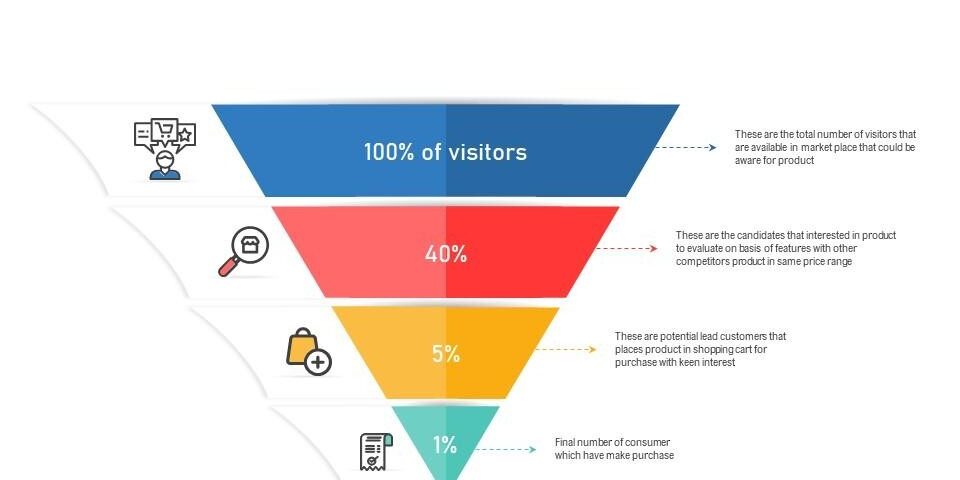- Have any questions?
- +91 96020 93137
- +91 93525 62080
- info@worldseoservices.com
User Experience (UX) Optimization: Elevating Your Immigration Brand’s Online Journey

The Role of Patient Education in Attracting and Converting Leads for IVF Clinics
August 29, 2023
The Role of Social Media in Expanding Your IVF Brand Reach
August 31, 2023Introduction:
In an increasingly digital world, user experience (UX) has become a critical factor in determining the
success of any online platform, including immigration brand websites. The immigration process can
be complex and emotionally charged, making it essential for immigration brands to provide a
seamless and empathetic online journey for their users. In this blog, we will explore the significance
of UX optimization for immigration brands and provide valuable insights on how to enhance the
online experience for potential immigrants and visitors.
- Understanding the Importance of User Experience (UX):
User Experience (UX) refers to the overall experience that a user has while interacting with a website
or application. It encompasses various aspects, including ease of navigation, site responsiveness,
content relevance, and emotional engagement. For immigration brands, providing a positive UX is
not only essential for attracting potential immigrants but also for establishing trust and credibility.
A well-optimized UX ensures that visitors can easily find the information they need, understand the
immigration process, and feel supported throughout their journey. By focusing on UX, immigration
brands can foster a sense of reliability and demonstrate their commitment to helping immigrants
achieve their dreams.
- Simplify Navigation and Information Architecture:
One of the primary objectives of UX optimization is to streamline navigation and improve the
website’s information architecture. Immigration brand websites often contain a vast amount of
information, including visa options, application procedures, and eligibility criteria. Organize this
content into clear and intuitive categories, making it easier for users to find what they are looking
for.
Utilize a user-friendly menu structure and implement breadcrumb navigation to help users
understand their location within the website. Additionally, consider adding a prominent search bar,
allowing visitors to quickly access specific information without feeling overwhelmed.
- Create Clear Calls-to-Action (CTAs):
CTAs are vital elements that prompt users to take specific actions, such as contacting the
immigration brand for more information or starting the application process. To optimize UX, ensure
that your CTAs are visually distinct, easy to locate, and clearly state the action users should take.
For instance, instead of generic CTAs like “Click here,” use action-oriented phrases such as “Start
Your Immigration Journey” or “Speak with Our Immigration Experts.” By providing clear and
compelling CTAs, you can guide users through their online journey with confidence.
- Personalize User Interactions:
Personalization is a powerful tool for enhancing the online journey of potential immigrants. Gather
relevant user data, such as the visitor’s location, language preference, or previous interactions on
the website, and use this information to tailor the content and user experience accordingly.
Implement personalized greeting messages based on the user’s location, display content in their
preferred language, and recommend visa options based on their qualifications. Personalization not
only improves user engagement but also shows that the immigration brand values the unique needs
and experiences of each visitor.
- Mobile Optimization is Key:
With an increasing number of users accessing websites through mobile devices, mobile optimization
has become a non-negotiable aspect of UX optimization. Ensure that your immigration brand’s
website is fully responsive and adapts seamlessly to various screen sizes and devices.
Mobile-friendly websites not only improve user experience but also contribute to better search
engine rankings, as search engines prioritize mobile-friendly sites in their results. A positive mobile
experience enhances accessibility and allows potential immigrants to engage with your brand from
anywhere at any time.
- Incorporate Visuals and Storytelling:
Immigration can be an emotional and life-changing journey for individuals and families. Leverage the
power of visuals and storytelling to connect with your audience on a deeper level. Use authentic
images and videos that showcase real people and success stories of immigrants who have benefited
from your services.
Incorporate storytelling elements throughout the website to create an emotional connection with
potential immigrants, showing empathy and understanding of their aspirations and challenges. This
approach humanizes your immigration brand and helps visitors feel supported and encouraged.
- Monitor and Analyze User Behavior:
Continuously monitor user behavior on your website using tools like Google Analytics.
Understanding how visitors interact with your site can provide valuable insights into areas that
require improvement. Analyze metrics such as bounce rate, time on page, and conversion rates to
identify potential pain points and areas for enhancement.
Use this data to make data-driven decisions and implement iterative changes that improve the
overall user experience. Regularly updating and optimizing your website based on user behavior
ensures that your immigration brand stays relevant and user-centric.
Conclusion:
In the digital age, providing a seamless and empathetic user experience is essential for immigration
brands looking to connect with potential immigrants and build trust. By optimizing your website’s
user experience, simplifying navigation, creating clear CTAs, personalizing interactions, and
incorporating visuals and storytelling, you can elevate your immigration brand’s online journey.
Remember that continuous monitoring and analysis of user behavior are key to making informed
improvements that keep your website user-friendly and engaging. Through a user-centric approach,
your immigration brand can leave a lasting impression on potential immigrants and showcase your
commitment to supporting them throughout their immigration journey.


